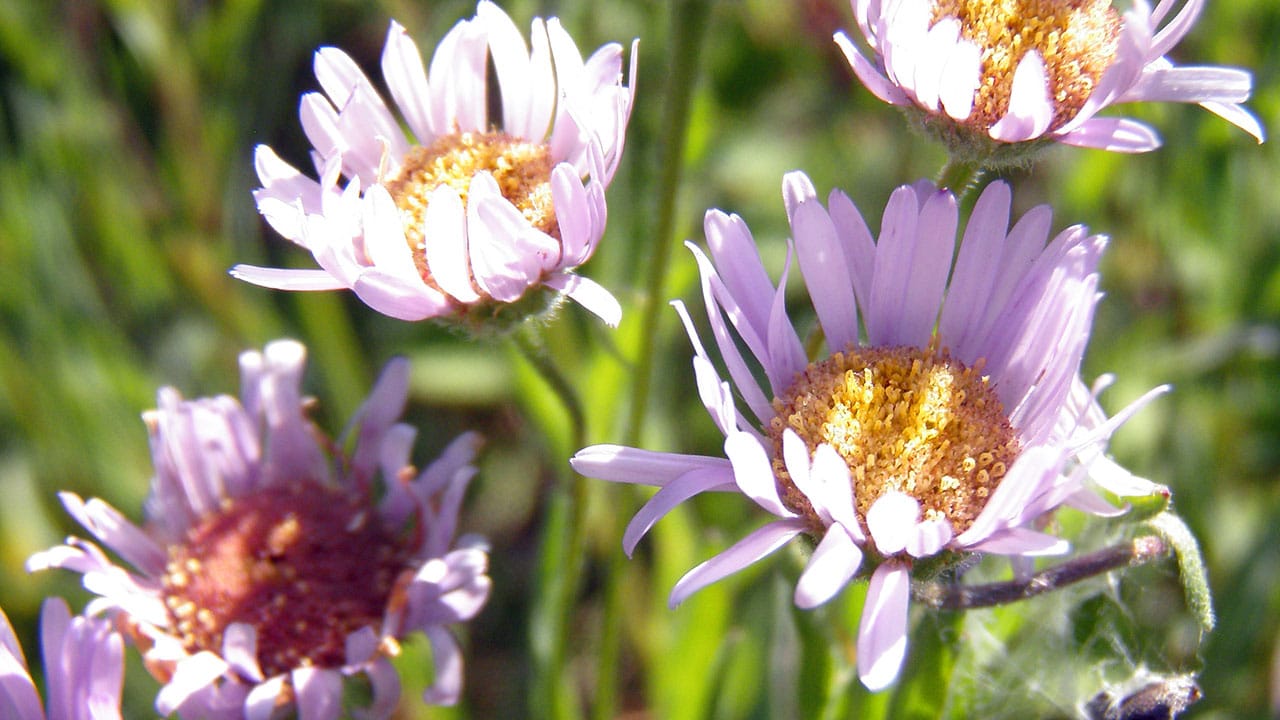Carnivorous plants have long captured popular imagination, portrayed to exaggeration in cult classics such as The Addams Family and Little Shop of Horrors as meat-eating monsters.
Their real-life counterparts, albeit less bloodthirsty, are just as fascinating.
We usually think of plants as being at the bottom of the food chain, says Laurence Gaume, a scientist at the French National Centre for Scientific Research. But carnivorous plants–defined as those capable of luring, capturing, and digesting prey– “overturn the laws of nature with their astonishing ability to feed on animals.”
Of this eclectic assembly, pitcher plants form one of the largest groups. They’re easily distinguishable from their carnivorous cousins—Venus flytraps, sundews, and bladderworts—by their pitfall traps: modified leaves that fold together to form a deep cavity filled with a liquid that helps digest small animals, mostly insects.
Evolving a taste for meat
Making these “complicated leaves” cost pitcher plants “a lot of metabolic resources,” says Barry Rice, an astrobiologist and botanist at Sierra College in California, who has grown more than 800 plants of the Sarraceniaceae family. Yet pitcher plants persist because doing so allows them to thrive in otherwise inhospitable environments such as rain-drenched mountaintops, marshland, and mineral-leeched sandstone. In these nutrient-poor soils, the plants’ animal diets provide them with nitrogen that might otherwise be lacking.
A pale green butterfly senses nectar and alights on a rare California pitcher plant.
Photograph by Helene Schmitz, Nat Geo Image Collection
Carnivory is such an effective strategy that it has evolved several times independently by unrelated plants, Rice says. “It’s a remarkable example of convergent evolution.”
A deadly trap
Regardless of how they evolved, all pitcher plants employ “roughly the same sort of gravity-based trapping mechanism,” says Alastair Robinson, a botanist at Australia’s Royal Botanic Gardens Victoria.
The first step involves luring prey to the pitcher, which most plants achieve with sweet nectar or bright colors. Some even use smell, changing the aromas they produce to attract different types of prey, as Gaume and her colleagues describe in a 2023 paper. Pitchers that release floral scents, they found, trapped more bees and moths, while those emitting fatty acids odors captured more flies and ants.
Once the prey is on the rim of the pitcher plant, it’s often a point of no return. Pitcher rims are notoriously slick—many comprise a layer of wax crystals resembling “the slippery coating of a Teflon plan,” while others have “wettable” surfaces that cause insects to slide straight into the pitcher cup, similar to how cars skid across a wet road, says Ulrike Bauer, a researcher at the University of Exeter in England, who studies the mechanics of plant movement.
Once inside, two things prevent a hasty escape: downward pointing hairs lining the inner pitcher wall, and a pool of liquid that is sometimes so viscoelastic it resembles quicksand. This fluid is also what sounds the death knell for prey, containing enzymes or resident microbes that commence digestion.
In Borneo, some mountain-dwelling pitcher plant species have even evolved away from carnivory, changing their diets to fit better into certain niches. Instead of consuming insects, they collect feces from tree shrews that sit atop their bowl-shaped pitchers and feed on the fatty secretions they produce.

The endangered Nepenthes rajah can hold up to 12 cups of liquid and is endemic to the mountains of Malaysia. Tree shews and nocturnal rats provide this plant with phosphorus and nitrogen, essential nutrients, by defecating in the plant’s opening.
Photograph by Christian Ziegler
“It’s an alternative nutrient source because the higher up you go, the fewer insects you have,” says Robinson, who in 2022 demonstrated that animal droppings allow such pitcher plants to acquire twice as much nitrogen as their lowland counterparts. “Animals bringing in nutrition in the form of feces is an easy win,” he says.
Threats and discoveries
Pitcher plants are increasingly at risk. There are 68 Nepenthes species currently listed as critically endangered, endangered, or vulnerable by the International Union for Conservation of Nature (IUCN); while three Sarracenia species are protected by the U.S. Endangered Species Act.
Habitat loss due to land clearance for oil palm plantations and agriculture, as well as climate change, are major threats. But so is the targeted collection of plants for the horticulture trade. “Poaching threatens a third of all Nepenthes species,” says Robinson. “That’s the highest number of threatened species for any one group of carnivorous plants.”
Letting pitcher plants go extinct would not only be a loss to their ecosystems, but for human innovation—their remarkable properties have inspired a slew of innovations, including non-stick surface coatings in cleaning sprays and water repellants in industrial settings.
Plus, there’s still “so much that we don’t know” about pitcher plants, says Rice.
Scientists are constantly learning about their various ecological relationships, trapping mechanisms, and discovering new species. Last year, a team from India detected neurotoxins in the nectar produced by Nepenthes khasiana. In 2022, a different group of researchers reported a new species, Nepenthes pudica, in Indonesia, whose pitchers grow underground. The same year, Bauer and her colleagues demonstrated how two unrelated species in Borneo and the Seychelles evolved lids that, when triggered by rain droplets, act as springboards which catapult insects into their pitchers.
“We have a lot of open questions about pitcher plants,” she says. “There’s still a lot to discover.”
Note: This article have been indexed to our site. We do not claim legitimacy, ownership or copyright of any of the content above. To see the article at original source Click Here












